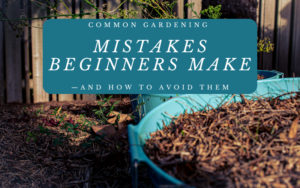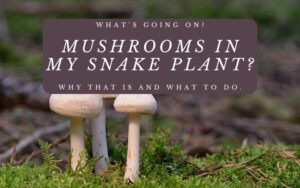You can find seeds really anywhere you can buy groceries for the most part, but have you ever stopped and wondered what each piece of info really means? I’m going to break down the most common things that you can find on your seed packets to better help you understand fully what you are putting into your garden, and eventually into your body.
Depending on the company making the packets, the information might be a bit different but there is key information that will be found on pretty much every seed pack you find.
Starting with the front:
The front of seed packets usually shows a picture of the plant or fruit that seeds are from. They also give the common name and sometimes the variety of that particular food. They usually show the net weight of the seeds and sometimes they will even show the number of days it will take to germinate but most of the time that is reserved for the back of the packet.
Moving to the back:
The back of the seed packet is probable the most important as it contains all the information needed for you to be the most successful in your growing process.
- The Description
- This is a short but sweet look at what you can expect when growing your new plants. It should tell you what kind of flowers to look for and a fruit size depending on the type of plant.
- Days to germinate
- This is a range of numbers that tell you how long from the time you put your seeds in the dirt to when you should see a sprouting. Keep in mind that these are averages so, depending on the temperature of your soil, which will determine how fast or slow these sprouts will come up.
- Depth to Sow
- This is a recommended number of how far down into the soil we should place the seeds. Some seeds are hardier and can tolerate a deeper depth while others need to be closer to the surface for the best outcome.
- Seed spacing
- This is a minimum distance that each seed needs to be placed for the best crop development. Each plant needs a certain amount of resources while in the early development stage and if you plant the seeds too close together, they won’t get the right amount that they need to be successful.
- Growing Height
- This is another average number that estimates the height that you plant will reach. Now your plant could be taller or shorter again depending on your soil, water and sunlight.
- Type
- There are two types of plants, annual and perennials. Annuals complete their life cycle in one year, while perennials live for more than two years, often coming back year after year.
- The map
- This is a zone map that shows the continental US and the different suggested planting dates that coincide with your state/zone. It is recommended to use these planting dates as they will help you get the most success out of your plants.
- The instructions
- The rest of the words on the back of the packet give helpful advice like where to sow the seeds in your garden or when to thin your seeds depending on their height and maturity.
Each company will have a different layout and design for their own personal packet but everything that we have gone over today should most likely be on those packets as they are essential to your growing process and more importantly your success.
For now, though, I hope you have a basic understanding of what information you can find on your sed packets. Remember to read all of the information as you go around shopping for your plants to make sure you are buying things that will have the best production for your garden or planting setup.
Until next time, as always, Plant with a Purpose! – BTR




